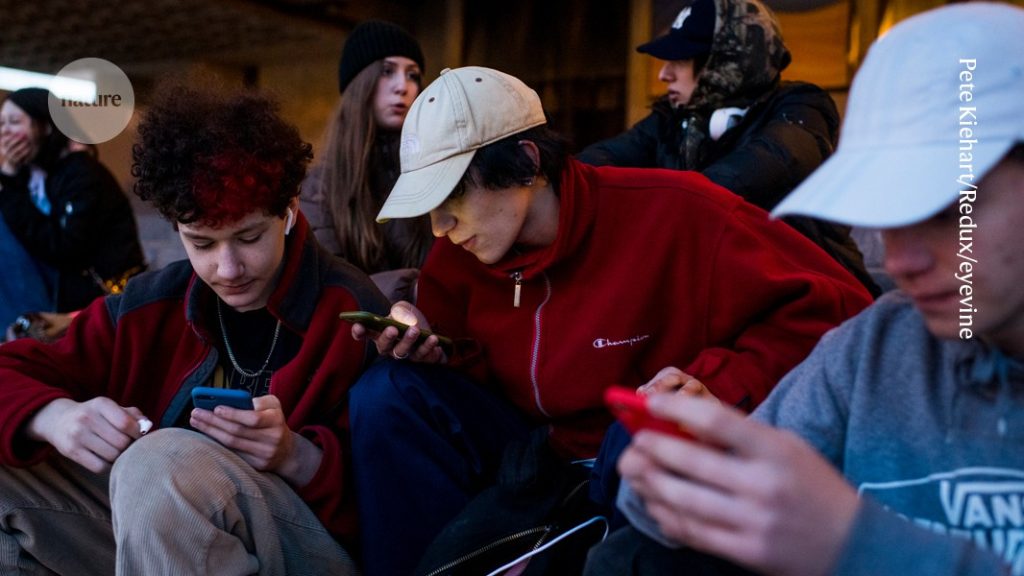The Smartphone Generation: A Deep Dive into Adolescent Mental Health and Technology’s Role
Jonathan Haidt’s best-selling book, "The Anxious Generation," has ignited a fiery debate about the impact of smartphones and social media on adolescent mental health. Haidt argues that increased screen time, at the expense of traditional play and social interaction, is rewiring young brains and fueling a surge in mental illness. This narrative resonates with parents concerned about their children’s digital immersion, particularly given the rise in near-constant online presence among teenagers. However, the scientific community remains divided on the extent to which technology truly bears responsibility for the mental health challenges facing young people.
While acknowledging a potential negative impact for certain individuals, critics like Candice Odgers, a psychologist at the University of California, Irvine, argue that Haidt’s conclusions oversimplify a complex issue. They contend that the existing research is insufficient to justify widespread panic, and that blaming technology distracts from addressing other crucial factors contributing to mental health problems, such as poverty, inequality, and social isolation. Researchers urge caution in interpreting correlational studies linking technology use and mental health, emphasizing the need for more rigorous research to determine causality.
The debate hinges on interpreting a large and complex body of research, with some studies showing correlations between increased screen time and negative mental health outcomes, while others find little or no effect. A key challenge is the reliance on self-reported screen time data, known for its inaccuracy. Furthermore, the direction of causality remains unclear: does social media cause depression, or are depressed individuals more likely to seek solace online? Experimental studies where participants reduce screen time have yielded mixed results, further muddying the waters.
Researchers stress the importance of considering individual differences and the context of technology use. For some, social media provides valuable connections and support, while for others, it can exacerbate existing vulnerabilities or lead to harmful behaviors like self-harm. Studies have shown a wide range of individual responses to social media use, from positive to negative, highlighting the need for personalized approaches rather than blanket pronouncements about technology’s impact. The focus, many argue, should be on understanding how specific online behaviors and content affect different individuals, rather than simply equating screen time with mental health problems.
The alarming rise in adolescent mental health issues over the past two decades cannot be denied. Rates of depression and suicide have increased, particularly among girls. While increased awareness and reporting may contribute to these trends, researchers are actively searching for other underlying causes. Haidt points to the coincidental rise of smartphone usage, suggesting a causal link. However, critics like Odgers argue that correlation does not equal causation, and that other societal factors may play a more significant role. Disentangling the various contributing factors requires a nuanced approach that goes beyond simplistic narratives.
The debate extends to the policy level, with some authorities considering restrictions on smartphone use in schools or access to social media. However, such measures raise concerns about their potential impact on young people’s social connections and access to information. Experts advocate for a balanced approach that prioritizes media literacy and responsible technology use, rather than outright bans. The goal is to empower young people to navigate the digital landscape safely and effectively while addressing the underlying societal factors contributing to the mental health crisis. Ultimately, the focus should be on supporting young people’s well-being in a rapidly changing world, rather than simply demonizing technology.


